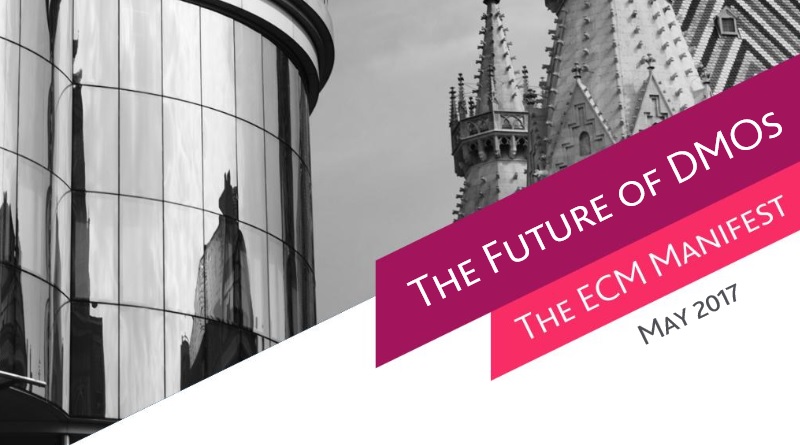City Destination Marketing Organizations (DMOs) need to assume a new role in urban life if they want to secure a stronger future for themselves and prosperity for their cities. Peter Jordan, Head of Insights at Toposophy Consultancy, in this guest post explains how and why DMOs should reinvent themselves.
Traumatic times for DMOs
My first taste of working in tourism was in 2003 at the visitor information centre of my home city of Canterbury, UK. Back then, when we weren’t serving people face-to-face, we spent our time stuffing brochures and leaflets into envelopes to mail to prospective visitors and also trying to build a (rather primitive) website.
Situated on the main route from continental Europe to London, Canterbury is a highly popular city for tourists. However it always surprised me how many local people would visit us, using us as a one-stop-shop for all their questions, comments and, because we were operated by the city government, their complaints. Our wages were paid by taxpayer’s money, and we were there to serve everyone; leisure visitors, local businesses and, yes, local people.
Years later, after completing my studies, moving abroad and working for several international tourism organizations, I’m now Head of Insights with Toposophy. And this fortune put me back among a crowd of marketing professionals at two of this year’s European Cities Marketing events (in Gdansk and Dubrovnik). At both events, DMO marketing chiefs and CEOs gathered from around Europe to share their experiences and try to plan the way ahead in traumatic times. Some have called these meetings ‘group therapy’.
Attending those meetings, I realized just how much the operating landscape for tourism boards has changed since I worked at the ‘front line’, and this at all levels – local, regional, municipal.
DMOs’ primacy in leisure marketing has largely evaporated. Travel agents, social media platforms, traveller review sites and, more recently, P2P platforms have become the go-to places for inspiration, info and trip planning. Budgets in general have drained away too, as public finances have been squeezed.
This, coupled with pressure from local residents and politicians has forced DMOs to abandon some functions. Moreover, pressure has grown for them to redirect their attention towards a variety of management issues, for which they are often under-resourced or lack the political power to deal with.
Manifest on the Future of DMOs
My Toposophy colleagues and I have been intimately linked to the twists and turns in destination marketing and management practices for over 15 years. Spread across Europe, we’ve each witnessed these shifts in power and budgets occur, and helped DMOs in Europe and beyond to adapt to the new reality of marketing and managing a destination in the 21st century.
We know that purely cosmetic, or one-size-fits-all solutions are not what the ECM community need. We also know that what they didn’t need was another report bemoaning the state of things. Instead we knew we had to produce a document that would inspire and inform: a powerful tool that could convince political leaders and local partners of the reality for DMOs in 2017. A document which should also enable them to rally support from their partners and colleagues for real organisational change. That is what the ECM community asked of us, and that is what they got with our Manifest on the Future of DMOs.
Key city destination marketing challenges – and solutions

We researched widely and decided to cluster the challenges and solutions around eight key themes: social sustainability, placemaking and branding, liveability and localism, partnerships, new funding schemes, the sharing economy, smart cities and crisis management and recovery.
The Manifest needed to be inspirational but also include some persuasive facts to back up what we were saying. Most of all, we wanted to take this opportunity to offer some practical advice on how DMOs could seize the initiative and become more relevant to the daily life of residents in the cities which they serve.
We certainly don’t pretend that these measures are easy, or that every DMO should take exactly the same route. Political, financial, organisational and of course cultural factors will determine how each DMO sets about the process of reasserting their role.
However the feedback that we have received suggests that DMOs, mayors’ offices and other city planners have already found it useful in getting a bigger picture on the changes that need to happen in their city. I hope you find it useful too.
Read the Manifest on the Future of DMOs here. Connect with Peter Jordan on LinkedIn.


